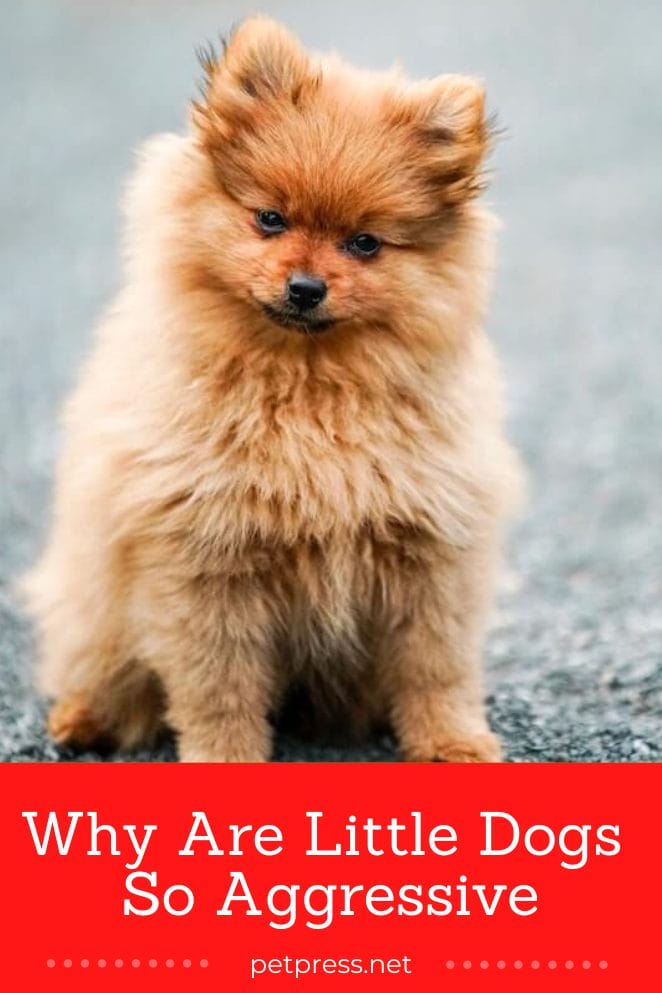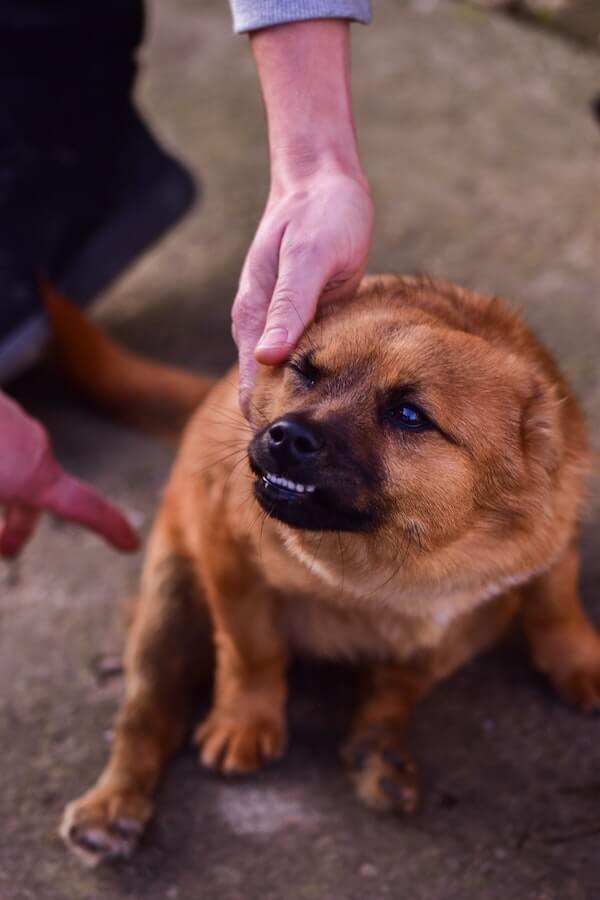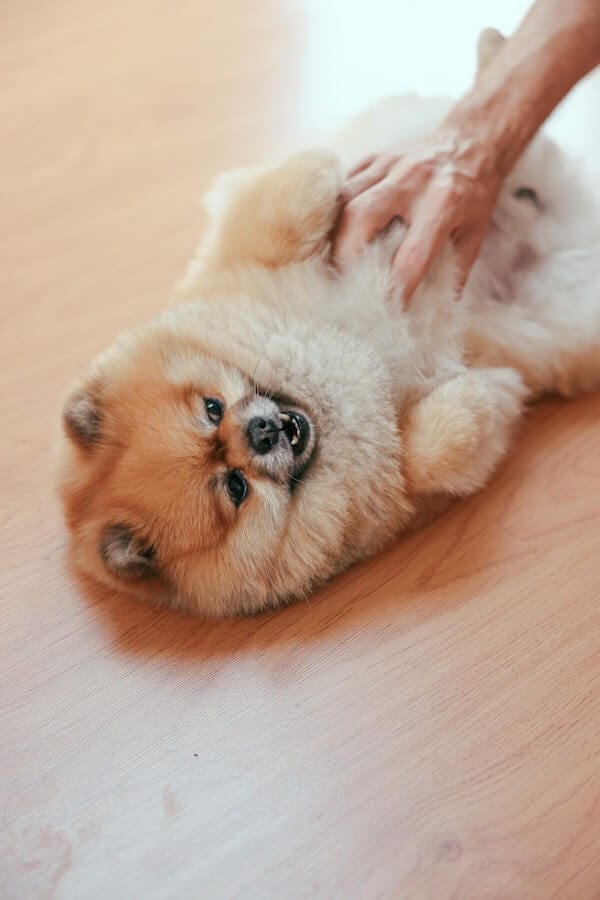
Why are little dogs so aggressive? It’s a question that has puzzled experts for generations.
After all, these pint-sized pooches can often seem like the least intimidating of all furry friends – but looks can be deceiving.
So let’s try to get to the bottom of this age-old debate and understand why little dogs can sometimes be more aggressive than their larger counterparts.
Why are little dogs so aggressive?
While aggression is generally not seen as a desirable trait in pet animals, many small dog breeds have been known to turn ferocious when provoked.
So, what’s behind this behavior? Here are five reasons why little dogs can be so aggressive:
1. Protective Instincts:
Smaller breeds of dogs often have a strong desire to protect their owners and living space from perceived threats.
This instinctive drive can cause them to bark incessantly or bite if they feel their safety is threatened.
2. Fear and Anxiety:
Dogs of any size can experience anxiety or fear as a result of unfamiliar surroundings or people. These emotions can lead to outbursts of aggression in an attempt to ward off potential danger.
3. Poor Socialization:
If a dog has been isolated during the early days of its life, it may not be used to other animals or humans.
Without proper socialization and training, a small dog can become overly defensive when presented with a new situation or person.
4. Too Much Dominance:
Some dogs feel the need to establish their position as top dog in a pack, no matter how small they are.
This mentality can lead to aggressive behaviors such as barking, growling, and even biting if another animal tries to challenge them for dominance.
5. Territoriality:
Dogs of any size have an instinctive drive to guard their territory against perceived threats.
This is especially true for smaller breeds that have limited resources but still feel the need to defend what’s theirs.
As a result, they can become aggressive when approached by strangers or other animals.
How do you stop a small dog from being aggressive?

There are many ways to help train a small dog to stop being aggressive. Here are a few tips to try if your pup seems overly hostile:
Tip #1
The first step to curbing aggression in a small dog is to identify the cause of the behavior and address it.
Is your pup reacting out of fear or insecurity? Does he feel uncomfortable with certain people, animals, or places? A trusted trainer can help you figure out how to best handle these issues.
Tip #2
Exercise and socialize your pup as much as possible, which can help reduce aggression in certain circumstances.
Taking your dog on regular walks or to the park gives her an opportunity to meet other dogs and people under controlled conditions and burn off energy at the same time.
Tip #3
Pay attention to body language and recognize signs of stress or anxiety in your pet before they become aggressive; take steps to de-escalate situations when you see them coming up.
This may include removing him from uncomfortable scenarios, such as crowded areas with too many loud noises or strangers, who could trigger aggression due to fear or insecurity.
Tip #4
Establish yourself as the leader of the pack. Dogs are social animals, and they will look up to an alpha figure that can set boundaries and provide safety. Make sure your dog knows you’re in charge by setting limits on what she can do, like not allowing her onto furniture or beds, for example.
Tip #5
Seek professional help from a certified trainer or animal behaviorist who specializes in aggression problems.
They can assess the situation and develop specific techniques tailored to your pet’s individual needs.
Training sessions with your pup should be positive experiences, emphasizing rewards rather than punishment when she exhibits proper behavior.
Tip #6
Finally, stay consistent with any behavioral corrections you give your pup for aggressive outbursts. If his reactions continue to be rewarded (even unintentionally) by people around him, he may never learn to control his aggression.
Be patient and firm when disciplining your pup so that he understands what is expected of him in social situations.
With an understanding owner and a little bit of patience, you can help teach even the most aggressive small dog how to become better behaved!
When it comes to curbing aggression, prevention is key—so take action as soon as you notice problematic behaviors developing in your pup so they don’t become entrenched habits.
One such issue is the little dog syndrome. Let’s take a look at what it is, and how you can address this problem in your own pup.
What is little dog syndrome?

Little Dog Syndrome is a term coined to describe the human tendency to treat small dogs differently than larger dogs.
It’s often seen in pet owners who constantly coddle, babify, and overprotect their smaller breed companions.
This can create an imbalance of power between dog and owner, as well as lead to behavior issues such as aggression or anxiety due to lack of proper training.
Though Little Dog Syndrome is not an official diagnosis, it is something that many animal behavior professionals are familiar with and recommends avoiding.
Generally, aggression is seen a lot in chihuahuas and that might be because of their small size.
The best way to prevent this issue is by recognizing it early on and taking steps toward correcting any negative behaviors your pup may be exhibiting.
This could include ensuring they get enough exercise and mental stimulation from activities like walks, obedience training, and playtime.
Additionally, setting clear boundaries and expectations for your pet will help them understand their position in the household hierarchy.
Ultimately, while Little Dog Syndrome may be a common occurrence among smaller breeds, it is still possible to have healthy and balanced relationships with our furry friends of all sizes!
Are big dogs more friendly than small dogs?

When it comes to dogs, the size doesn’t necessarily matter. While many people assume that large dogs are more friendly and gentle than their smaller counterparts, this isn’t always the case.
In fact, small dogs often display a surprising level of aggression—but why?
One theory is that little dogs have been bred for centuries to be guard dogs.
The idea is that if an intruder were to venture into your home, a tiny dog would bark ferociously and alert its owners of the danger (even though it may not actually be able to do much physical damage).
This has led to generations of small breeds being hardwired to exhibit aggressive behavior when they sense a threat.
Another possible explanation is that larger dogs may receive more socialization throughout their lives.
Bigger breeds tend to be more popular, meaning they’re generally easier to find and afford than small ones.
This means they are often better socialized and conditioned from an early age, leading them to behave in a less aggressive manner when confronted with new people or situations.
Ultimately, there isn’t one single explanation for why little dogs seem more aggressive than big ones. So, in conclusion, it depends on the individual dog’s personality and experiences—not its size.
Conclusion
Aggressive behavior in small dogs isn’t uncommon, but it doesn’t have to be the norm. With a little patience and understanding, owners of aggressive small dogs can work with their pets to establish clear boundaries and expectations for proper behavior.
Though Little Dog Syndrome is real, it’s important to remember that aggression is not exclusive to smaller breeds—all dogs require training and socialization from an early age.
Ultimately, with a good attitude and consistency from the owner, any pup—big or small—can learn how to behave appropriately in all types of situations!
- 7 Dog Breeds With Webbed Feet And Why Do They Have Them - July 19, 2023
- 10 Best Fish For Small Tanks That Make Perfect Pets - July 18, 2023
- How to Breed Guinea Pigs: A Detailed Guide - July 17, 2023


GIPHY App Key not set. Please check settings